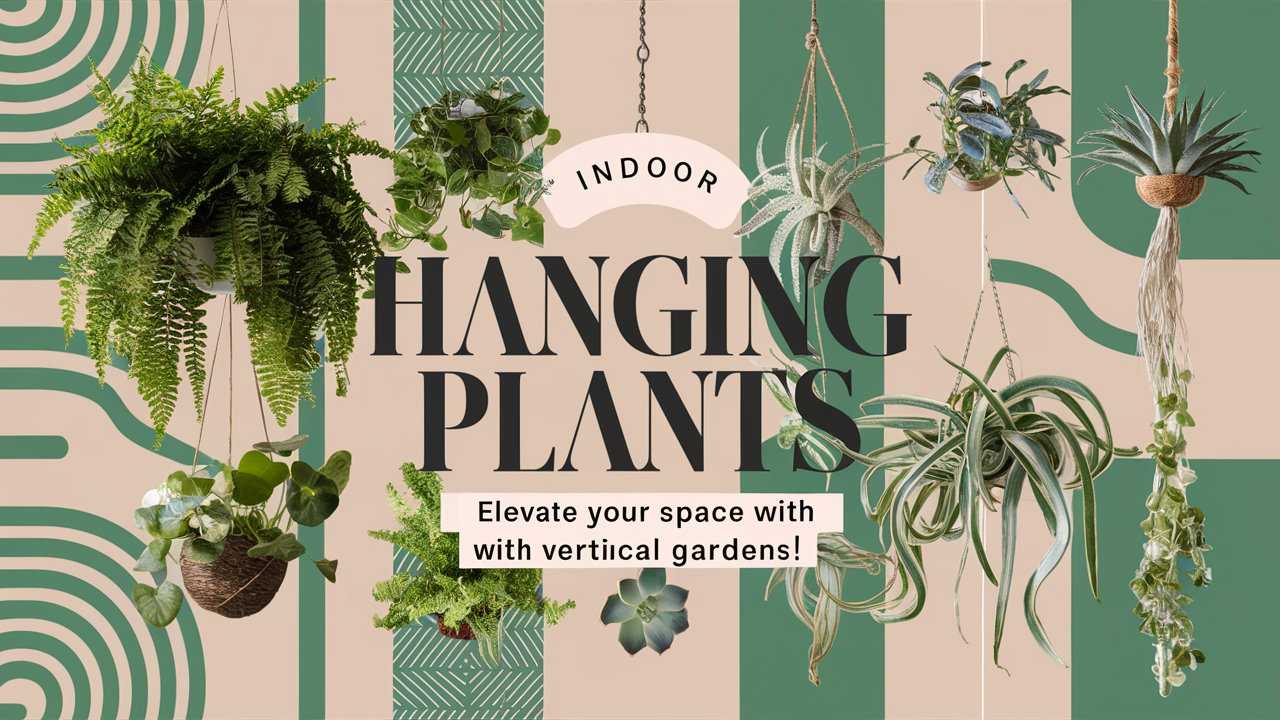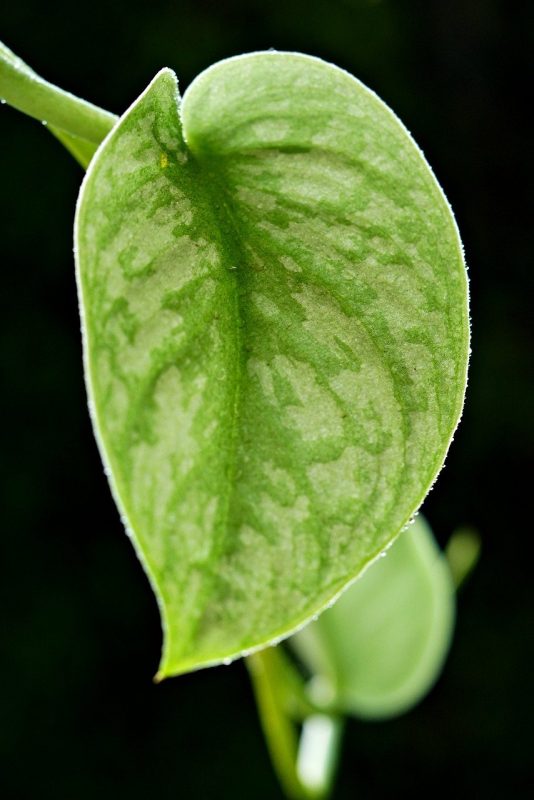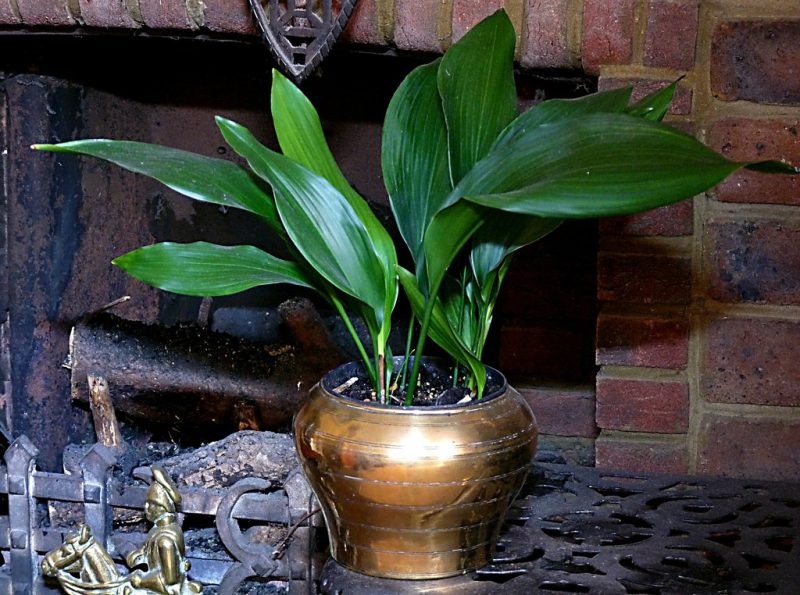Hanging plants have become a staple in modern home decor, bringing greenery into living spaces while saving valuable floor space. They add life, texture, and a touch of nature to any room, making them perfect for both small apartments and larger homes. Here’s a comprehensive list of the 20 best indoor hanging plants that will elevate your space and inspire you on your botanical journey.
Philodendron Cordatum (Heartleaf Philodendron)
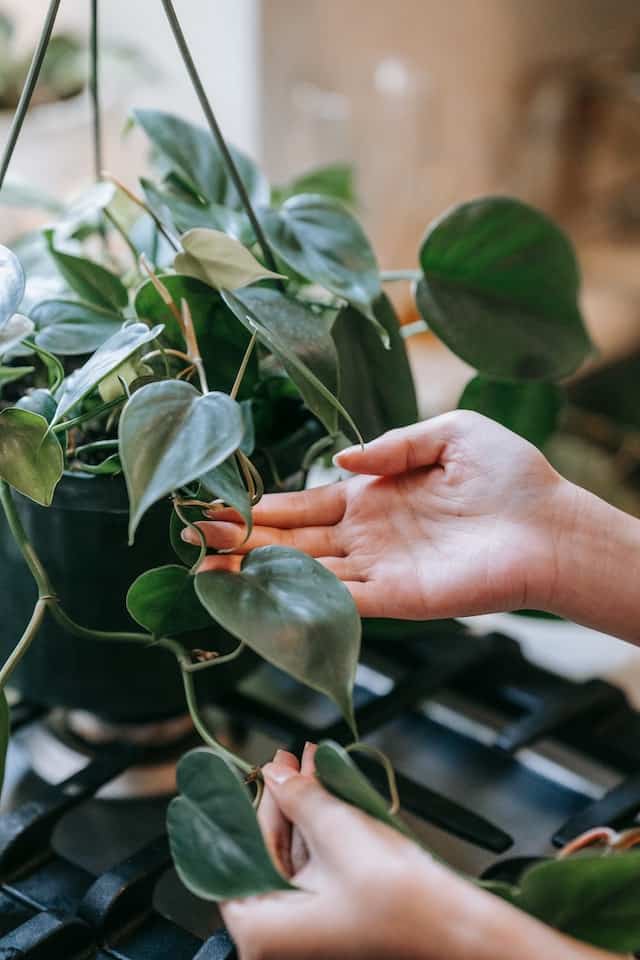
The Heartleaf Philodendron is incredibly popular due to its heart-shaped leaves and trailing growth habit. This plant thrives in low to medium light, making it perfect for hanging baskets in dimly lit rooms. It’s also low-maintenance and requires infrequent watering, which makes it suitable for busy lifestyles.
Pothos (Epipremnum aureum)
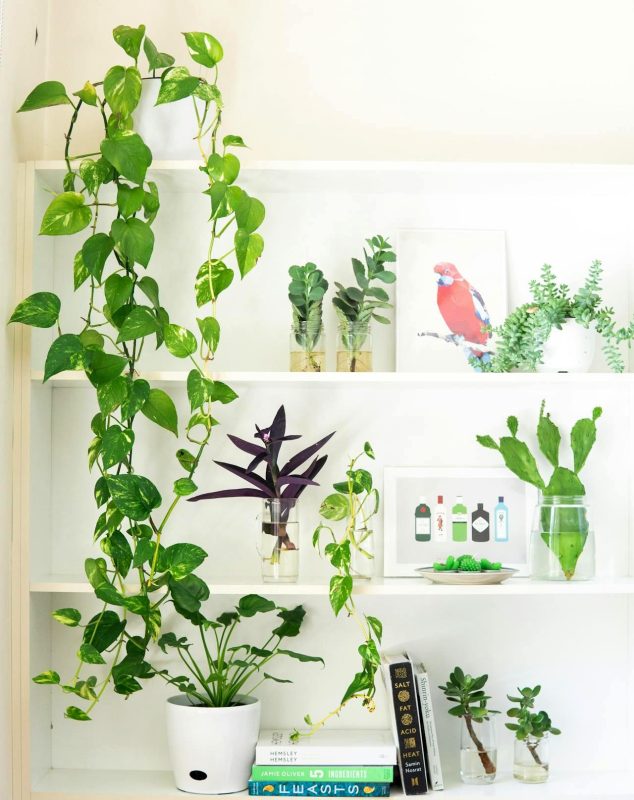
Pothos is one of the most versatile and adaptable indoor plants. Known for its striking variegated leaves, it comes in different varieties like golden pothos, neon pothos, and marble queen. Pothos can tolerate a range of light conditions but prefers indirect light. It’s a fast-growing plant that can be trained to hang beautifully from any shelf or ceiling planter.
Spider Plant (Chlorophytum comosum)
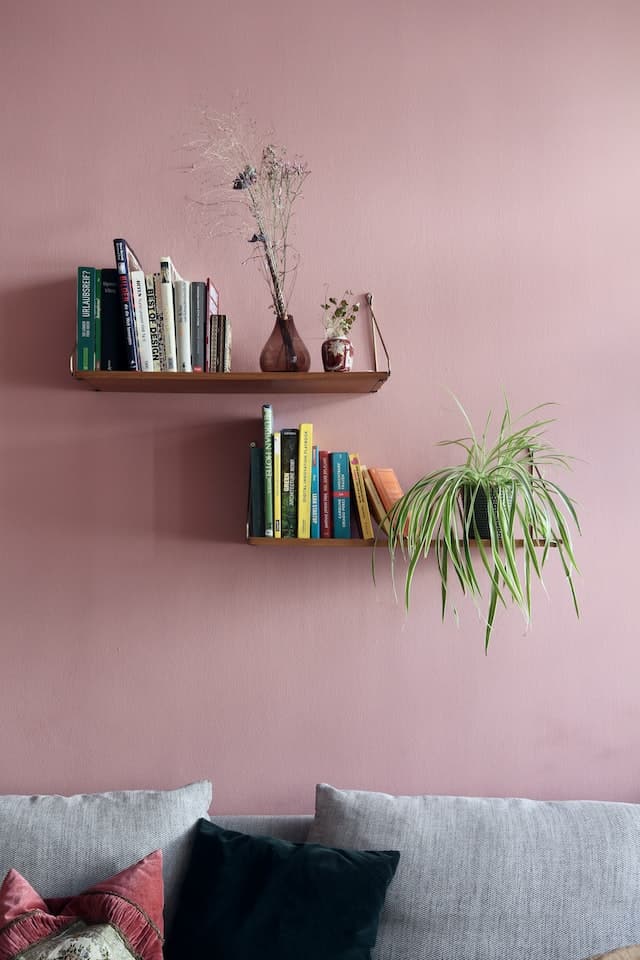
The Spider Plant is a classic indoor plant, known for its arching green leaves that form a beautiful cascade. It’s easy to care for and can thrive in various light conditions. One of its most charming features is its baby “spiderettes,” which can be propagated to create new plants. This makes it an ideal choice for hanging baskets.
Creeping Charlie (Pilea nummulariifolia)
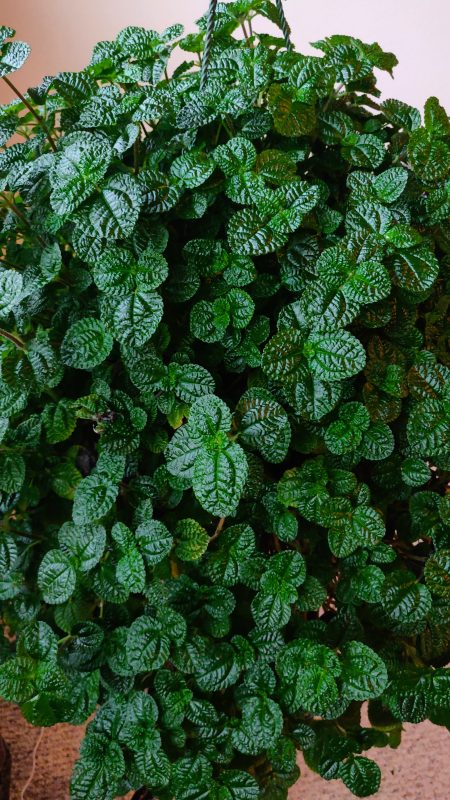
Creeping Charlie is an excellent choice if you’re looking for a plant with a lush and vibrant look. Its round, scalloped leaves create a beautiful, dense foliage that spills over the edges of hanging pots. It prefers bright, indirect light and moderate watering, making it an attractive indoor option.
String of Hearts (Ceropegia woodii)
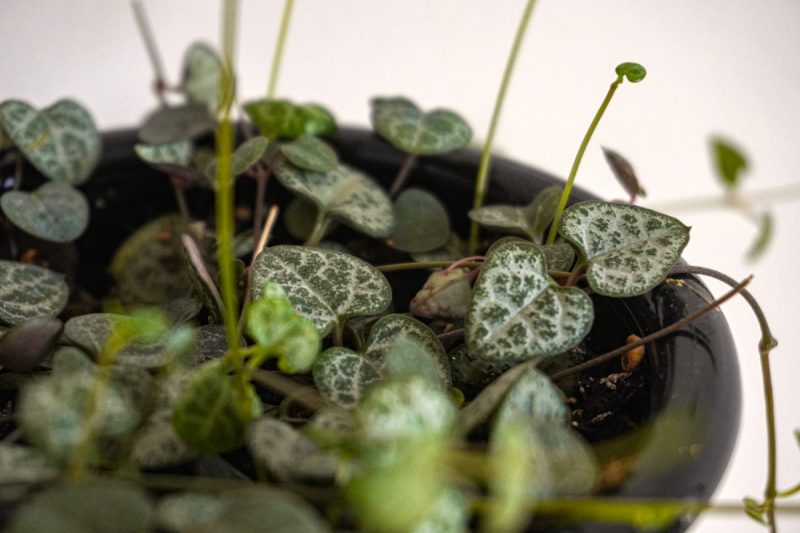
The String of Hearts is beloved for its delicate, heart-shaped leaves that trail elegantly downward. This succulent is well-suited for hanging planters where its stems can cascade beautifully. It thrives in bright indirect light and prefers to dry out a bit between waterings, making it a stunning addition to any space.
English Ivy (Hedera helix)
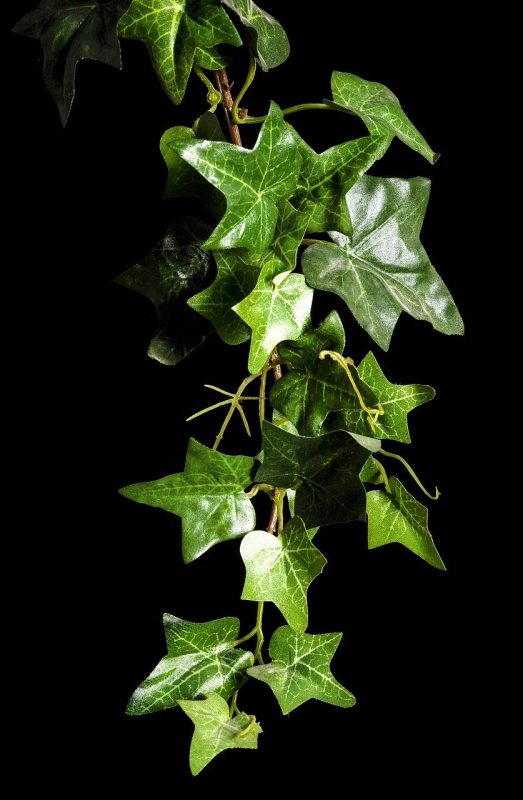
English Ivy is a classic trailing plant known for its rich green foliage and adaptability. It can thrive in different light conditions, but it will be happiest in bright, indirect light. English Ivy is also renowned for its air-purifying qualities, making it a great choice for improving indoor air quality while enhancing decor.
Bunny Ear Cactus (Opuntia microdasys)
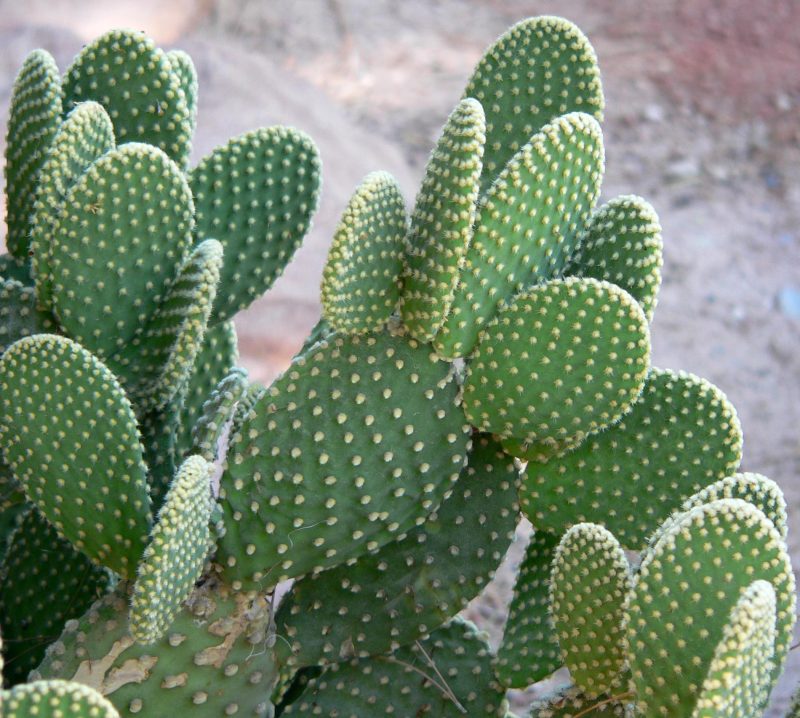
For a unique touch, the Bunny Ear Cactus adds a quirky element to your indoor garden. Its flat pads resemble bunny ears and can grow long, creating a lovely hanging effect. Like many cacti, it prefers bright light and infrequent watering, fitting well within a hanging display.
Rope Plant (Hoya carnosa)
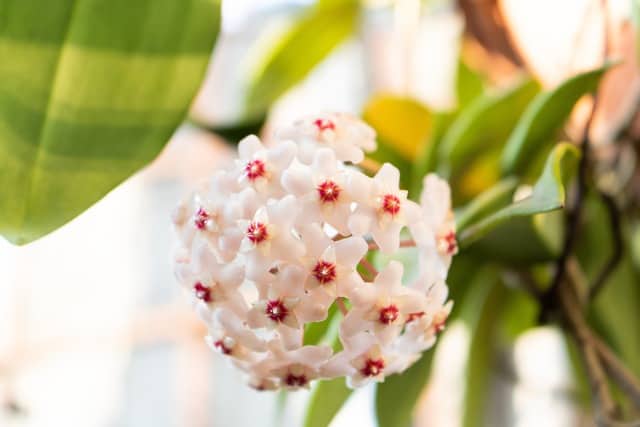
The Rope Plant, or Hoya, has thick, waxy leaves that grow in a unique rope-like formation. It’s a drought-tolerant plant that does well in indirect sunlight. Occasionally, it produces stunning clusters of star-shaped flowers that are sure to catch eyes and inspire conversations.
Burro’s Tail (Sedum morganianum)

This succulent is known for its trailing stems covered in plump, teardrop-shaped leaves. The Burro’s Tail thrives in bright, indirect light and requires minimal watering, making it perfect for beginners. Its trailing nature makes it ideal for hanging planters where it can cascade gracefully.
Silver Satin Pothos (Scindapsus pictus)
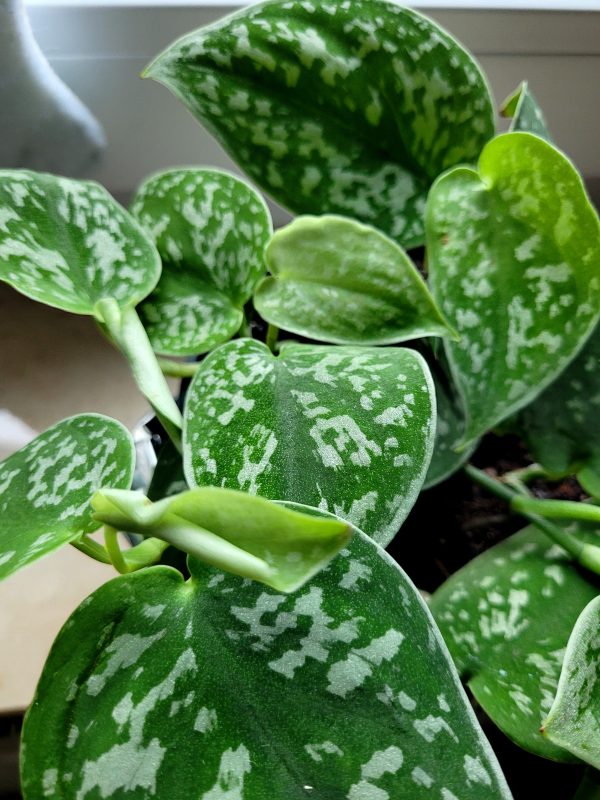
Silver Satin Pothos brings a touch of elegance with its silvery, variegated leaves. This fast-growing vine is relatively easy to care for, preferring bright, indirect light. Its mesmerizing foliage makes it a standout piece in any collection of hanging plants.
Devil’s Ivy (Scindapsus aureus)
Often mistaken for Pothos, Devil’s Ivy features heart-shaped leaves with stunning golden variegation. It’s an excellent choice for those new to plant care as it thrives in a variety of lighting conditions. This plant twirls and tumbles beautifully from hanging pots or shelves.
Ferns (Various Species)
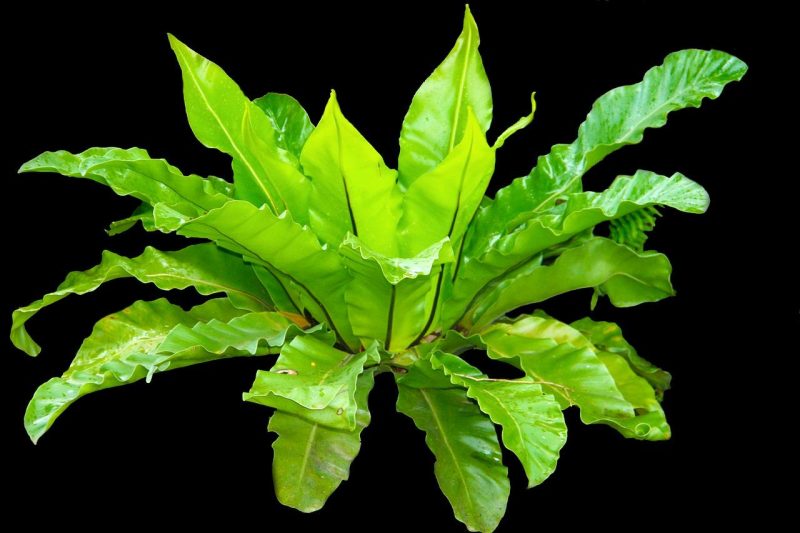
Ferns, such as Boston Fern (Nephrolepis exaltata) and Maidenhair Fern (Adiantum), are fantastic trailing plants that add a lush, green texture to indoor paces. Ferns appreciate humidity and indirect light, making them ideal for bathrooms and kitchens. Their delicate fronds soften any space, creating a tranquil and inviting atmosphere. To keep them healthy, ensure regular misting or place a humidifier nearby.
String of Pearls (Senecio rowleyanus)
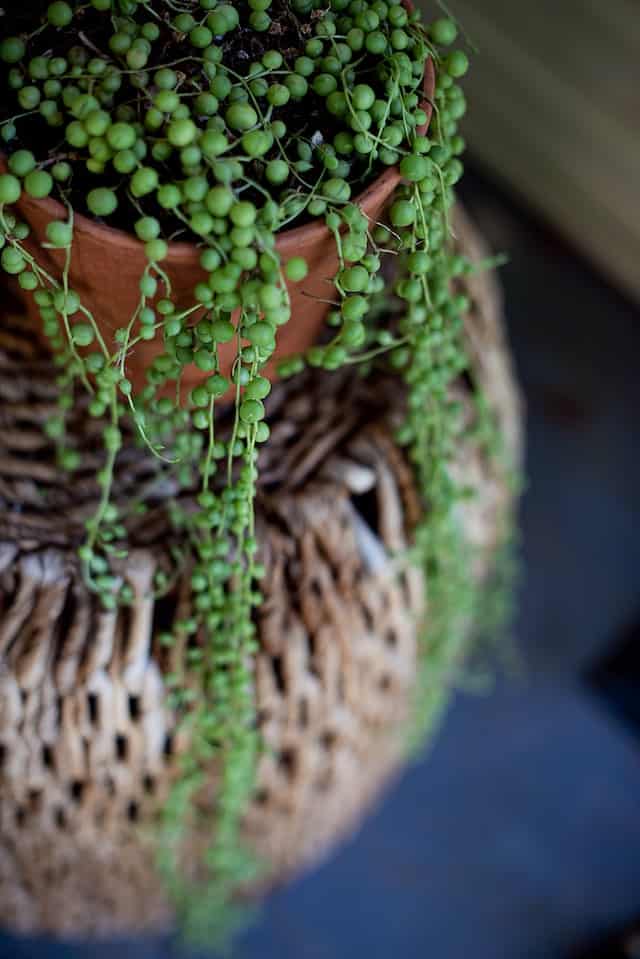
The String of Pearls is another captivating succulent characterized by its unique, bead-like leaves. This trailing plant looks stunning in hanging pots, where its long strands can dangle and spill over the edges. It thrives in bright, indirect sunlight and requires minimal watering, making it a low-maintenance choice for any indoor garden.
Maidenhair Fern (Adiantum)
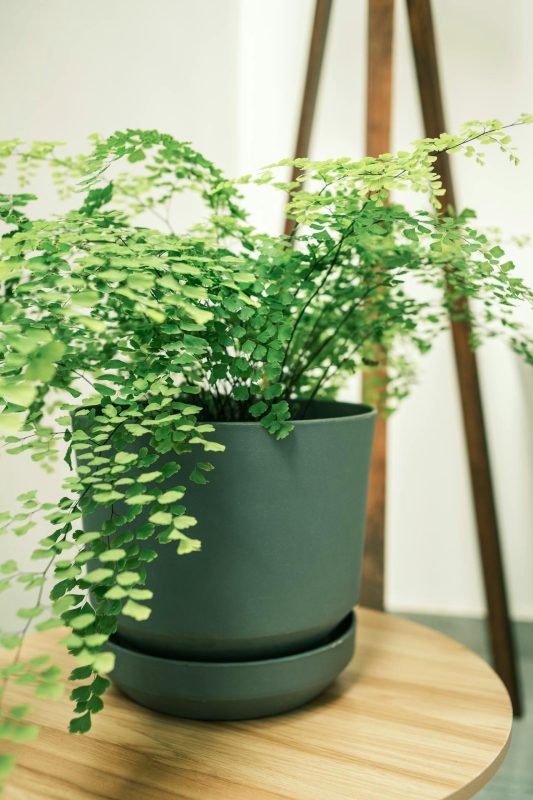
Known for its delicate, fan-shaped leaves, the Maidenhair Fern brings elegance to any space. This plant loves humidity and indirect light, so it’s perfect for hanging near a window or in a bathroom but can be a bit more finicky regarding care. Regular misting to maintain humidity will keep the fern lush and vibrant.
Cascading Rosemary (Rosmarinus officinalis)
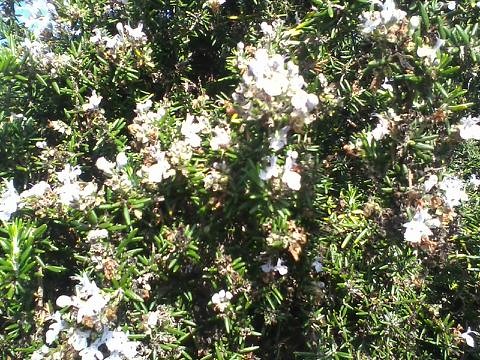
Cascading Rosemary isn’t just a culinary delight; it also makes a stunning hanging plant. This herb features long, trailing stems adorned with slender, needle-like leaves. It thrives in bright light and well-draining soil, adding both aroma and beauty to your kitchen or dining area. Additionally, it can be snipped for fresh herbs, making it a functional addition to your indoor garden.
Neon Pothos (Epipremnum aureum ‘Neon’)
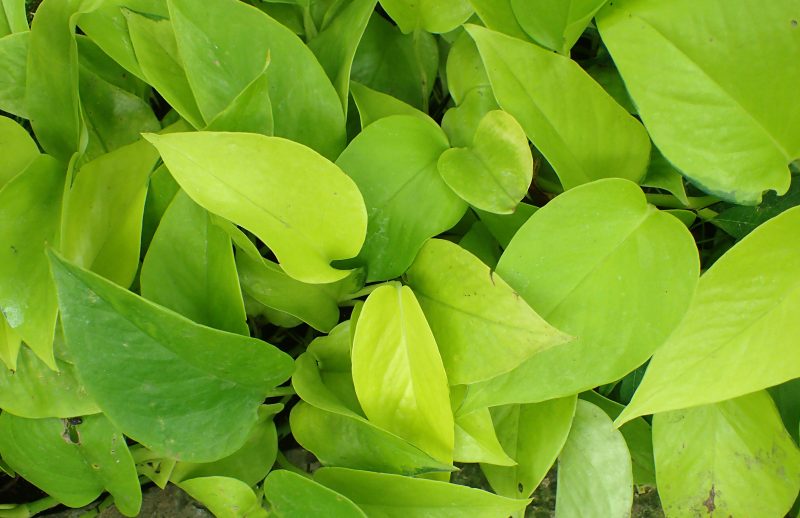
If you’re looking to add a pop of color to your indoor space, the Neon Pothos is the perfect choice. Its vibrant, chartreuse foliage stands out brilliantly in any setting. Similar to its pothos relatives, it prefers bright, indirect light and is easy to care for, making it a must-have for any houseplant enthusiast.
Philodendron Brasil (Philodendron hederaceum ‘Brasil’)
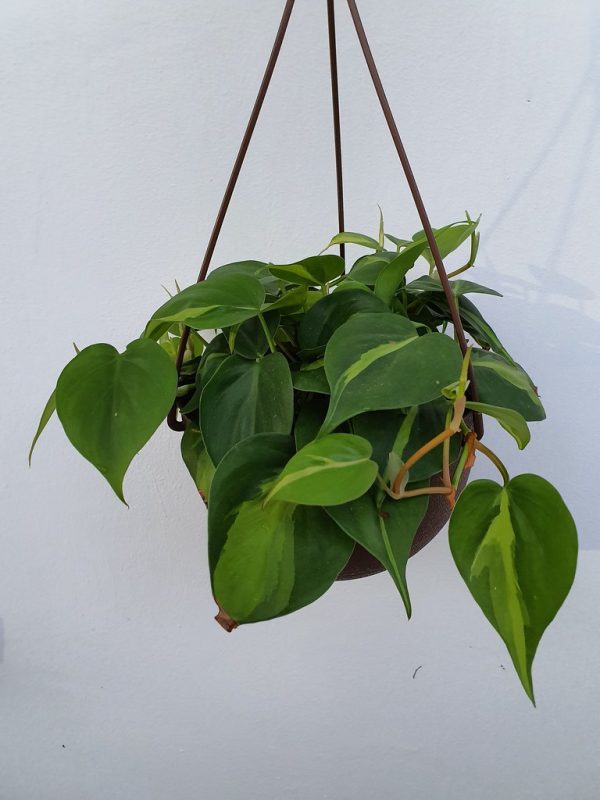
This variety of Philodendron showcases beautiful green and yellow variegated leaves that create a striking display. Its trailing nature makes it especially well-suited for hanging pots. Philodendron Brasil thrives in low to moderate light and needs infrequent watering, making it perfect for those who may occasionally forget to tend to their plants.
Scindapsus Silver Cloud
The Scindapsus Silver Cloud is another excellent choice for plant lovers looking for unique variegation. Its silvery leaves and trailing growth habit make it a visual delight. It thrives in medium to bright indirect light and is relatively low-maintenance, making it ideal for indoor hanging arrangements.
Aspidistra (Cast Iron Plant)
The Aspidistra, also known as the Cast Iron Plant, is one of the hardiest indoor plants available. While typically grown upright, it can also be trained to cascade over the edges of a hanging planter. This plant can survive in low light and is drought-tolerant, making it suitable for less-than-ideal conditions.
Hoya Linearis
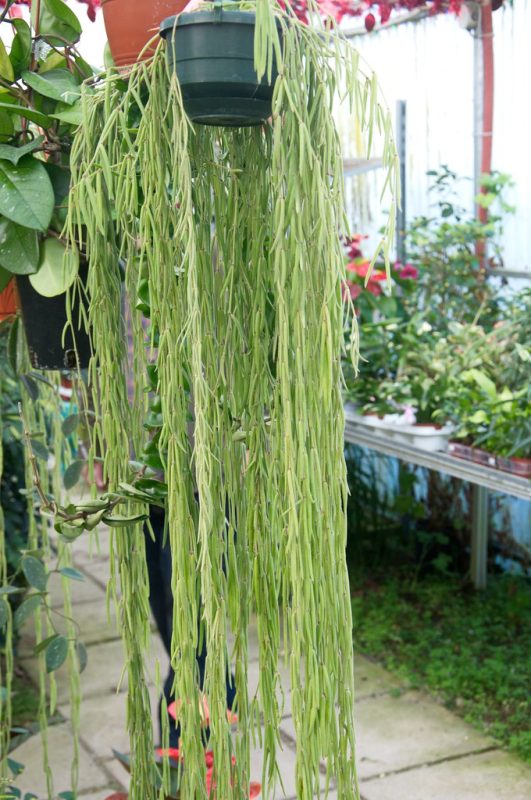
Hoya Linearis, often referred to as the Porcelain Flower, is admired for its long, thin leaves that create a delicate, cascading effect. When properly cared for, it produces stunning clusters of fragrant star-shaped flowers, adding an extra layer of appeal. It thrives in bright, indirect sunlight and requires moderate watering, making its care manageable for novice gardeners.
Tips for Caring for Hanging Plants
Light Requirements: Understand the light needs of each plant. Most hanging plants prefer bright, indirect light but check for specific preferences.
Watering Needs: Typically, hanging plants need less frequent watering than those planted directly in the ground. Ensure the potting medium dries out slightly between waterings to prevent root rot.
Humidity Levels: Many indoor plants thrive in higher humidity. Misting your plants or placing a humidifier nearby can help them flourish, especially ferns and tropical varieties.
Fertilization: Use a balanced, water-soluble fertilizer during the growing season (spring and summer) to promote healthy growth and vibrant foliage.
Pruning and Cleaning: Regularly prune any dead or yellowing leaves to encourage new growth. Dusting the leaves now and then can also enhance their ability to photosynthesize and improve overall health.
Pot Selection: Choose pots with drainage holes to prevent overwatering. Lightweight pots are easier to hang without worrying about weight restrictions.
Pest Management: Watch for common pests like spider mites, aphids, or mealybugs. If you spot any, isolate the affected plant and treat it with insecticidal soap or neem oil.
Rotation: If possible, rotate your hanging plants every few months to ensure they grow evenly. Plants may lean toward the light source, and regular rotation helps promote balanced growth.


